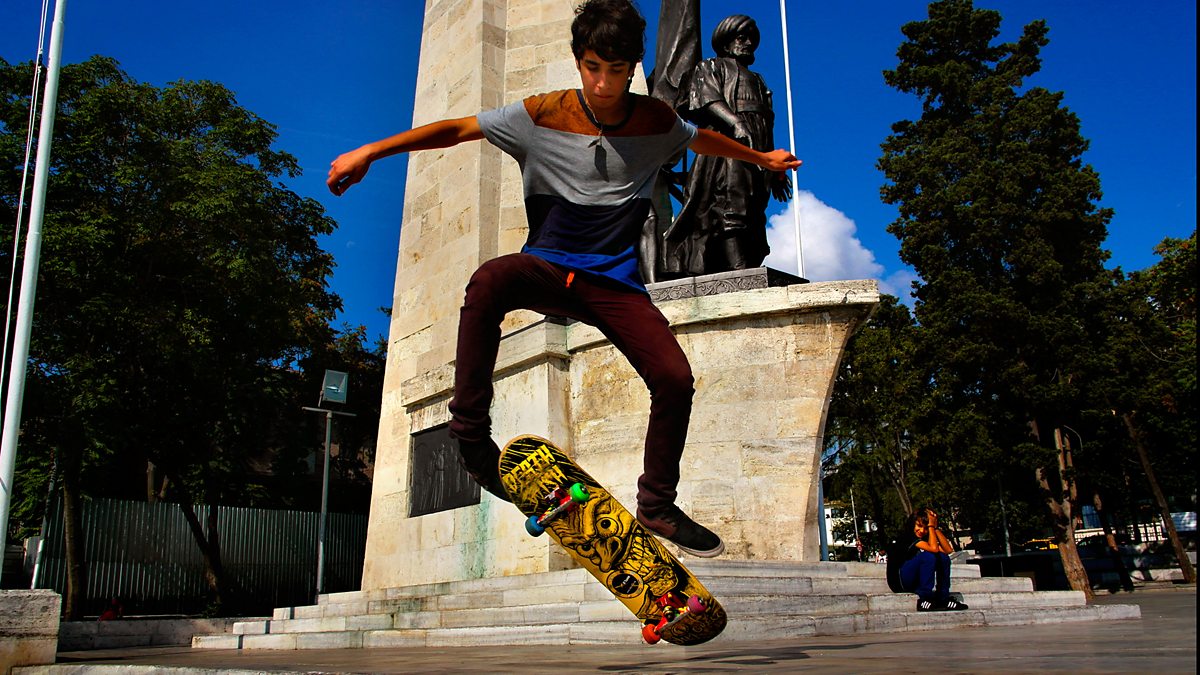The odd thing about watching Lawrence of Arabia on the massive IMAX screen at Waterloo was, at its finish, I would have been perfectly happy to sit through all its 226 minutes again. It's like listening to a great piece of music, to be experienced knowing one will never plumb its depths. For such a long film, nothing much happens and the (superbly realised) action sequences are few and brief. It's a detailed character study that, paradoxically, gets nowhere near to explaining its subject. Rather it hints at Lawrence's many complexities, avoiding the overt. This is achieved with the help of Robert Bolt's spare screenplay, with allusive and at times poetic but natural dialogue. In spite of its superficial romanticism and luminous imagery, it is a dark and unsettling film.
The acting is immaculate. Peter O'Toole captures perfectly Lawrence's 'otherness', both to his fellow British officers and the Arabs with whom he lives and fights. Alec Guinness's subtle portrayal of Prince Feisal leaves an impression that he, alone among all men, has the measure of Lawrence. But it's the look of the film that is its defining quality. The desert scenes can have an abstract beauty and composition of a Whistler - harmony in white, blue and gold. The famous shots of figures emerging from the shimmering desert heat are both beautiful and audacious for the time they take to form into a narrative device that propels the story forward, not just a strikingly original image taken for its own sake.
One of my earliest fragmentary memories of attending the cinema was of the attack on Aqaba from the desert. An extended panning shot, taken from the heights above the garrison of warriors from another age on horse and camel, that sweeps through the town and finishes on a massive armoured Turkish gun pointing towards the sea. Seeing that panoramic shot again, in glorious 70mm, took me back to my childhood and impressed and thrilled afresh.
You can tell I'm a fan.
The acting is immaculate. Peter O'Toole captures perfectly Lawrence's 'otherness', both to his fellow British officers and the Arabs with whom he lives and fights. Alec Guinness's subtle portrayal of Prince Feisal leaves an impression that he, alone among all men, has the measure of Lawrence. But it's the look of the film that is its defining quality. The desert scenes can have an abstract beauty and composition of a Whistler - harmony in white, blue and gold. The famous shots of figures emerging from the shimmering desert heat are both beautiful and audacious for the time they take to form into a narrative device that propels the story forward, not just a strikingly original image taken for its own sake.
One of my earliest fragmentary memories of attending the cinema was of the attack on Aqaba from the desert. An extended panning shot, taken from the heights above the garrison of warriors from another age on horse and camel, that sweeps through the town and finishes on a massive armoured Turkish gun pointing towards the sea. Seeing that panoramic shot again, in glorious 70mm, took me back to my childhood and impressed and thrilled afresh.
You can tell I'm a fan.

 ) has vanished down the toilet of film history...
) has vanished down the toilet of film history...


Comment